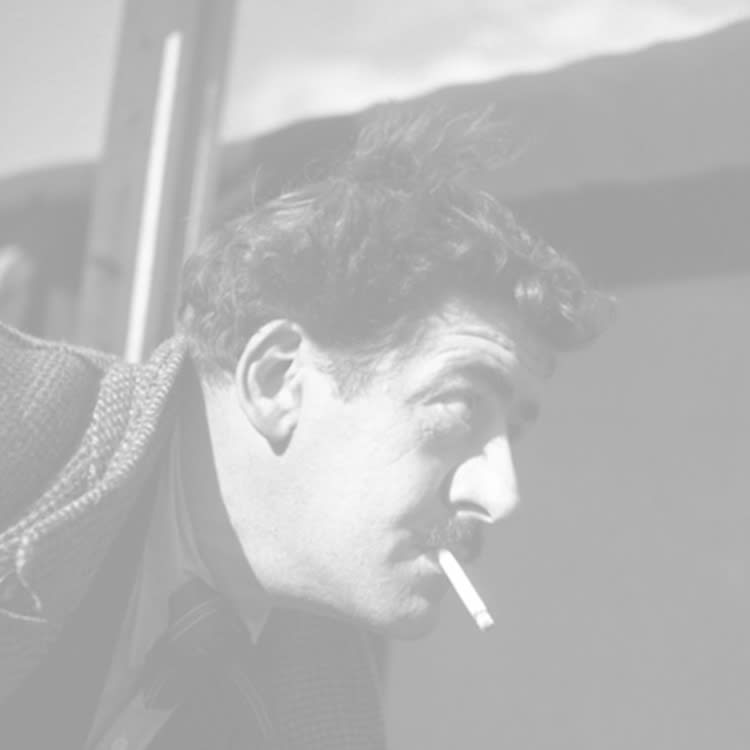ÓSCAR DOMINGUEZ 1906-1957
Oscar Domínguez (1906-1957) was a pivotal figure in Surrealism, whose works are available at HELENE BAILLY gallery. Between dream and mystery, he developed a unique pictorial language, characterized by hybrid forms, ever-changing landscapes, and a hauntingly dreamlike atmosphere. A pioneer of decalcomania, a technique where chance and matter merge, he explored the depths of the unconscious with radical creative freedom.
Born in 1906 in Tenerife, he moved to Paris in 1927, where he became part of the Surrealist circle. He quickly developed a distinctive visual universe, blending hybrid figures, transformed landscapes, and mythological references, crafting an oeuvre that is both poetic and unsettling. His work delves into recurring themes such as the unconscious, metamorphosis, and the ambiguity of reality, in an aesthetic where dream and mystery intertwine.
From 1936 onwards, Oscar Domínguez was an artist who actively participated in international Surrealist exhibitions, notably in Tenerife, London, and Paris. Over time, his work evolved from an automatic and experimental approach to a more structured and expressive style, where the human figure took on a more significant role.
In the 1940s, he developed a close connection with Pablo Picasso, whose influence is evident in some of his works, particularly through powerful forms and fragmented compositions. At the same time, he continued to explore innovative materials and graphic techniques, asserting his uniqueness in the history of Surrealism and modern art.
Despite growing recognition and success, Oscar Domínguez gradually fell into a deep melancholy, ultimately leading him to take his own life in 1957 in Paris. His work, imbued with a unique evocative power, remains an essential reference in Surrealism and 20th-century art.

